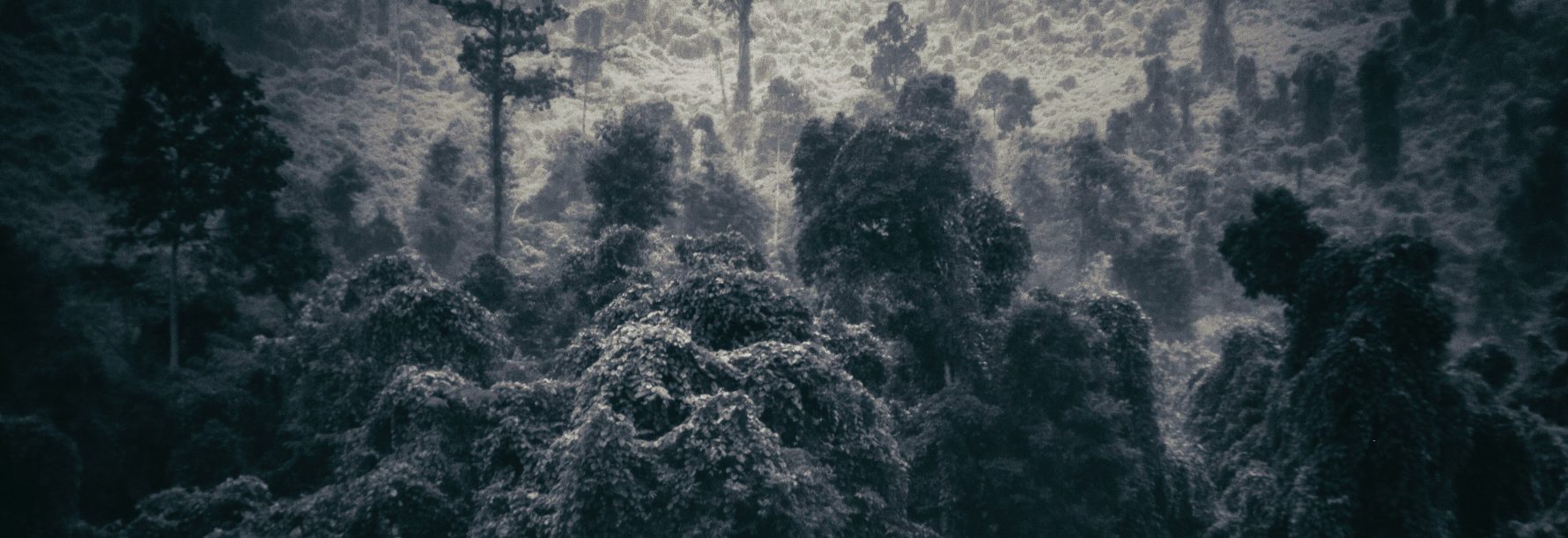The quantum nature of biology and life – Peter Sloot (U Amsterdam, NL)
The final words in the presentation by Peter Sloot of the Institute of Advanced Studies, University of Amsterdam (Netherlands) were a quote by Benedict de Spinoza (1665): ‘Every part of Nature agrees with the whole and is associated with all other parts’. It summed up his presentation on the quantum nature of biology and life.
Life is full of noise-resilient networks encoding information. Noise even increases the efficiency of these networks. The networks span different levels where ‘new levels of organization are built out of elements at a lower level … they have a physics of their own’ (Paul Anderson, 1958). It is a form of ‘naive reductionism’ to argue that causation would reside at a particular scale. Causal interactions work up and down the different levels of organization.
These levels are what matters and not the scales, Sloot argued. Causality can be seen as how much one level predicts about another or how much the past predicts about the future or how much information is shared by different biological levels. In a classical system, you can look for the minimal information about the past needed to store (or encode) in order to optimally reproduce the future. The amount of organization in a process is defined by Statistical Complexity (Cµ), which delineates the levels in a system.
Sloot then tackled the question whether quantum processes play a role in the up-down and circular causality biology. There are trivial effects stemming from quantum processes, like the color of blood or binding affinities. However, Sloot also identified at least two biological systems that are based on non-trivial (i.e. coherence, entanglement or tunneling) quantum processes. The first is photosynthesis. It was shown in 2007 that long lasting coherence occurs between two electronic states in a photosynthetic purple bacterium.
The second example is navigation in birds. They appear to sense small fluctuations in the Earth’s magnetic field using a cytochrome in the retina. In this sensing mechanism, the electron spin (a quantum phenomenon) is involved. And finally, Sloot speculated that stochastic processes across biological levels may gain from Quantum information processing efficiency.
Whole-organism clone-tracing using single-cell sequencing – Alexander van Oudenaarden (Hubrecht Institute, NL)
A totally different approach to ‘scales’ was presented by Alexander van Oudenaarden, director of the Hubrecht Institute (KNAW). He investigates how a single cell can become a full-grown organism. Inspired by the Nobel-prize winning work of John Sulston, who tracked the fate of every cell in a developing C. elegans nematode worm, he devised a method to induce ‘scarring’ in the DNA of cells in developing zebrafish embryos.
The scars were made in a series of Green Fluorescent Protein genes engineered into the fish, so they would not interfere with the normal development. By comparing the scar pattern in cells from different tissues, Van Oudenaarden is able to observe how many different progenitor cells contribute to them. For example, blood cells in the kidney marrow originate from six early progenitors, while resident macrophages in the fin have different clonal origin than macrophages in bone marrow. The preliminary results show the method Van Oudenaarden devised is powerful indeed.




